I never liked smartwatches — but the Samsung Galaxy Watch 4 changed my mind
The Samsung Galaxy Watch 4 has converted me to a smartwatch wearer
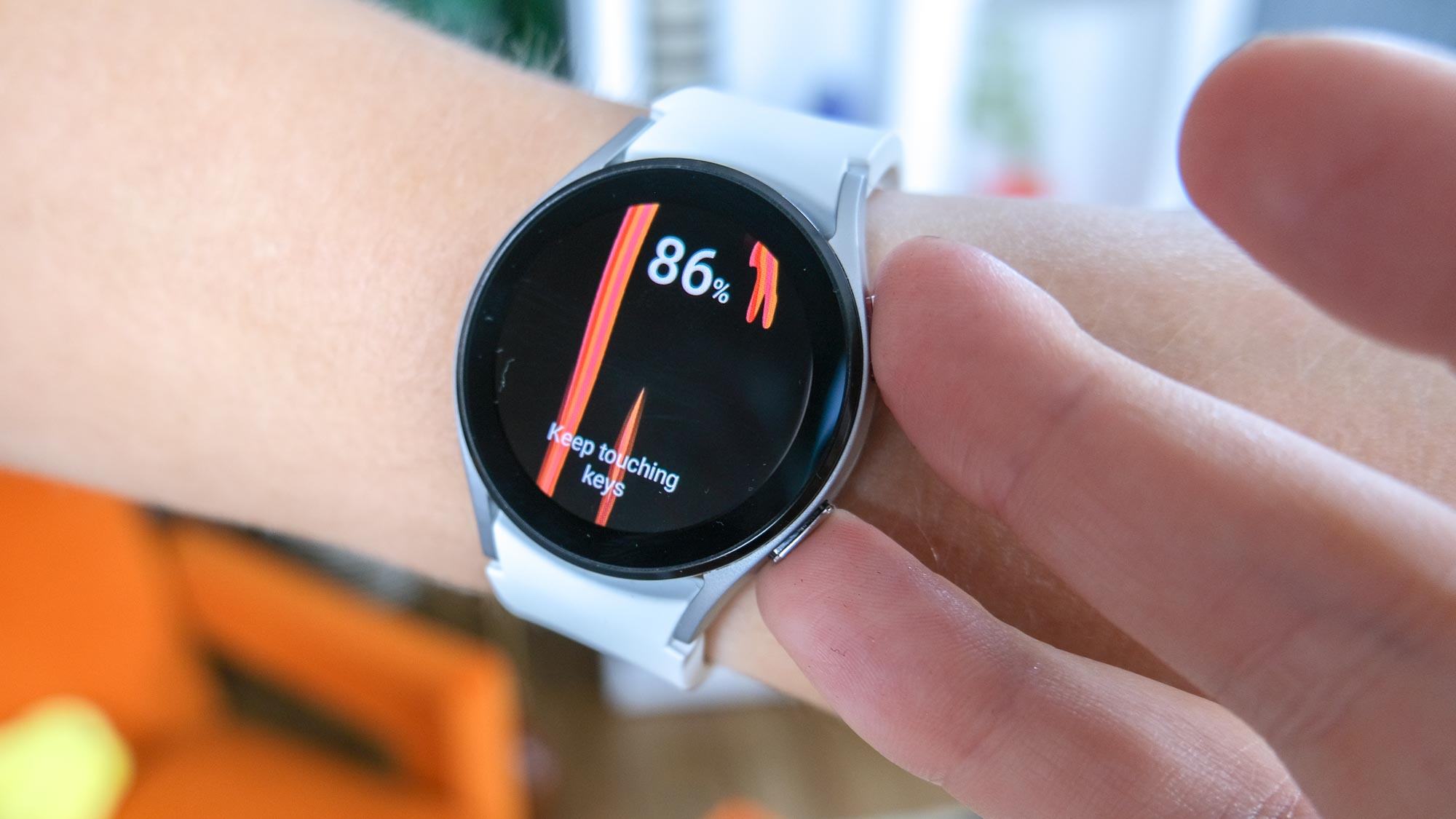
I have a confession to make: I’ve never really liked smartwatches. As a tech journalist that’s quite a controversial take, but I’ve always opted for a traditional timepiece rather than a cutting-edge wearable.
It’s not that I can't see the benefits of having what is essentially a miniature smartphone strapped to your wrist, it’s more a personal preference. On an admittedly snobbish level, I just don’t think smartwatches look particularly good. The chunky square face of the Apple Watch in particular looks extremely unappealing to me.
Furthermore, while it’s pretty impressive that the best smartwatches can do everything from measuring your body fat percentage to monitoring your blood oxygen levels, these are metrics I don't feel the need to track day-to-day. Granted, some people likely find such comprehensive fitness tracking motivating, but for me it triggers the obsessive side of my personality.
While I have purposefully avoided smartwatches over the last half a decade, earlier this month I decided it was time to get some proper first-hand experience. After using the Samsung Galaxy Watch 4 extensively over the last two weeks, much to my surprise I've been won over by the wearable. Here’s how that happened.
Off to a mixed start
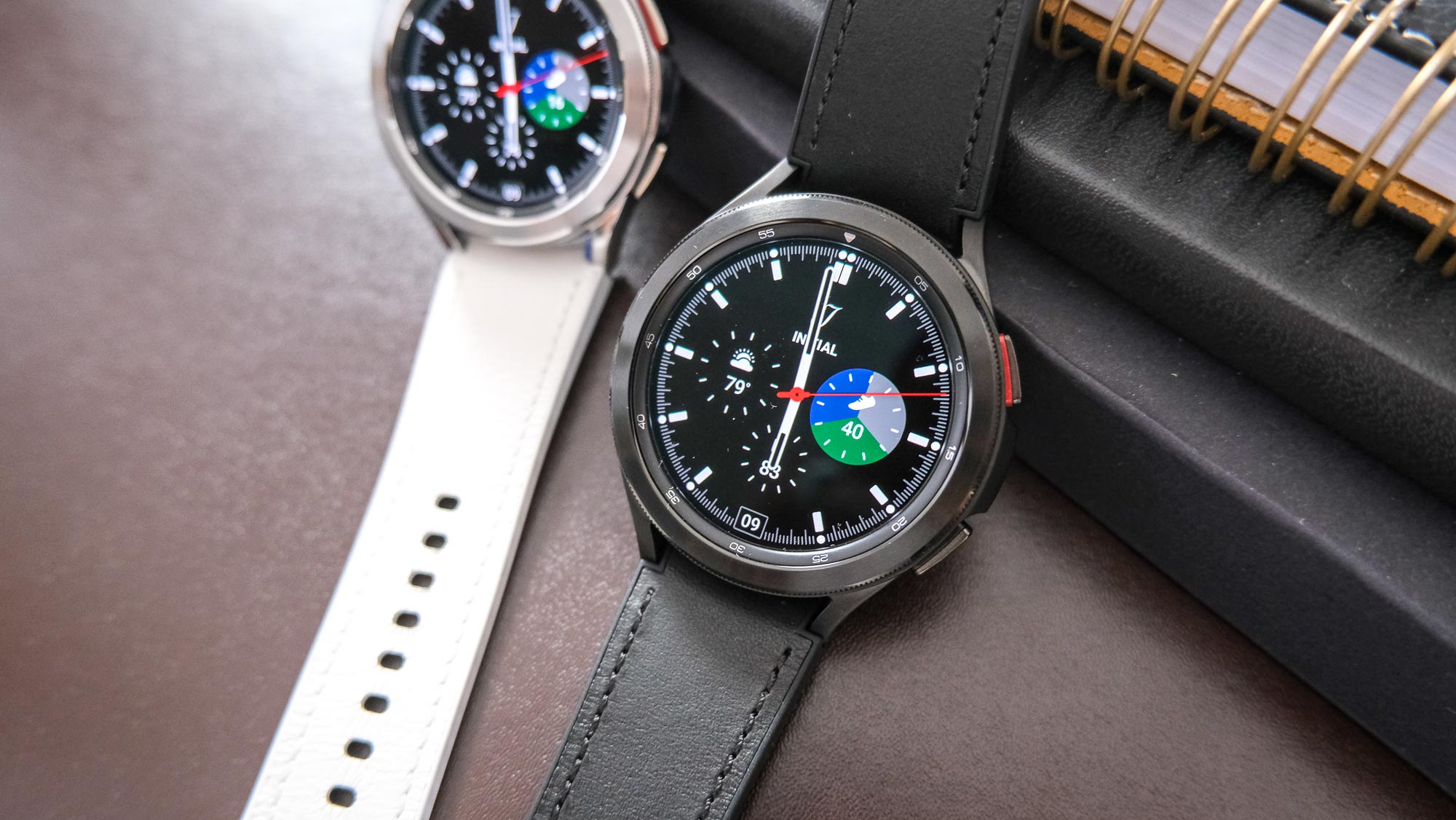
One thing that struck me as I unboxed the Samsung Galaxy Watch 4 was just how slick it looks. Unlike an Apple Watch with its distinctive square face, the Galaxy Watch 4 blends in pretty seamlessly with my existing collection of traditional wristwatches.
Sure, if you give it more than a passing glance, it’s very clearly a smartwatch, but I love that the circular face invokes a more traditional watch design. Unlike some wearable products, the Galaxy Watch 4 doesn’t immediately scream “look at me” to passersby. That gave it a big old tick straight out of the box for me.
Unfortunately, my positive initial impression was quickly dampened as I began the setup process. Granted, it’s an Android-only device and I’m primarily an iOS person, which may be partially to blame but I experienced a lot of issues signing in to my Samsung account on the Galaxy Watch 4. I was forced to hard reset the smartwatch twice to start the process anew before it finally worked.
I also feel that the sheer amount of options and settings that Samsung expects first-time users to select during initialization is on the overwhelming side. I prefer a gradual approach. Run me through the bare essentials straight away, then let me tweak the rest as needed.
Testing out the tracking
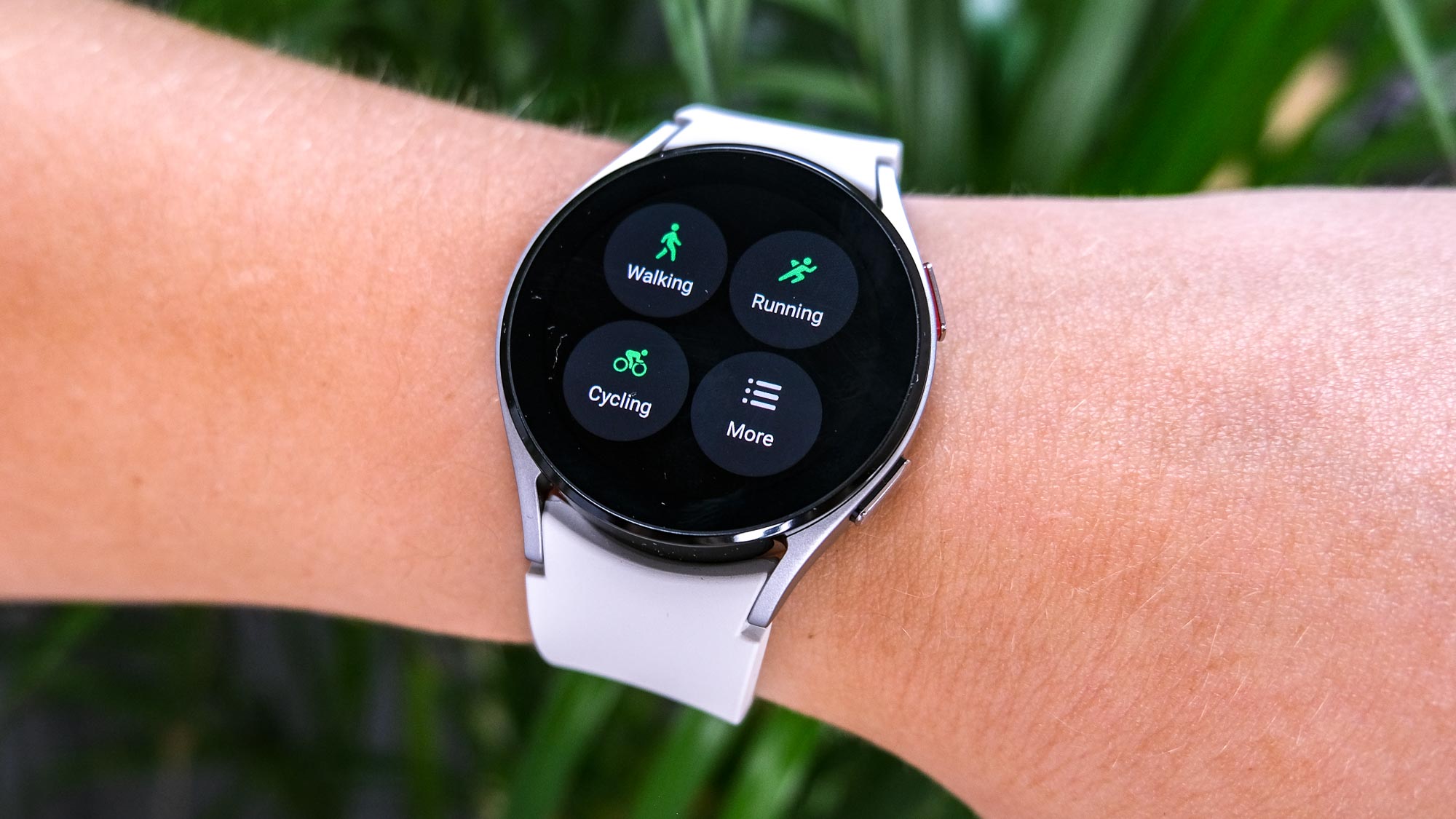
Once I finally had the Galaxy Watch 4 set up and linked to my Samsung account, I was ready to start getting acclimated to the device. I was pleasantly surprised how easy navigating menus is on the 40mm display, and I really appreciated the clicky side button that instantly takes you back to the main watch face.
Actually using the smartwatch for fitness tracking played out pretty much as I expected. It's nice but I personally find it overkill. To be honest, I’m fairly dubious about the quality of the tracking as well. For example, during a brisk ten-minute walk to the cinema to see Spider-Man: No Way Home the watch reported I’d burnt 135 calories, which seems on the high side to me.
I have grown to appreciate the Galaxy Watch 4 's auto-tracking feature. Not having to manually ask the watch to begin tracking before exercise is pretty nifty, especially as I’m notoriously bad at remembering to trigger the Strava app before a run.
I’ve observed that fitness tracking features typically headline the promotional material of not just the Samsung Galaxy Watch range, but most smartwatches in general. While I understand the appeal of comprehensive exercise and health tracking, what really won me over about the Galaxy Watch 4 was all the other (often less publicized) stuff it can do.
Excellent for everyday use
I can actually pinpoint the exact moment when I truly felt like having a smartwatch strapped to my wrist was worthwhile. I was out for a Christmas meal with my partner and once the bill came we were quibbling over the tip (both of us are somewhat mathematically challenged).
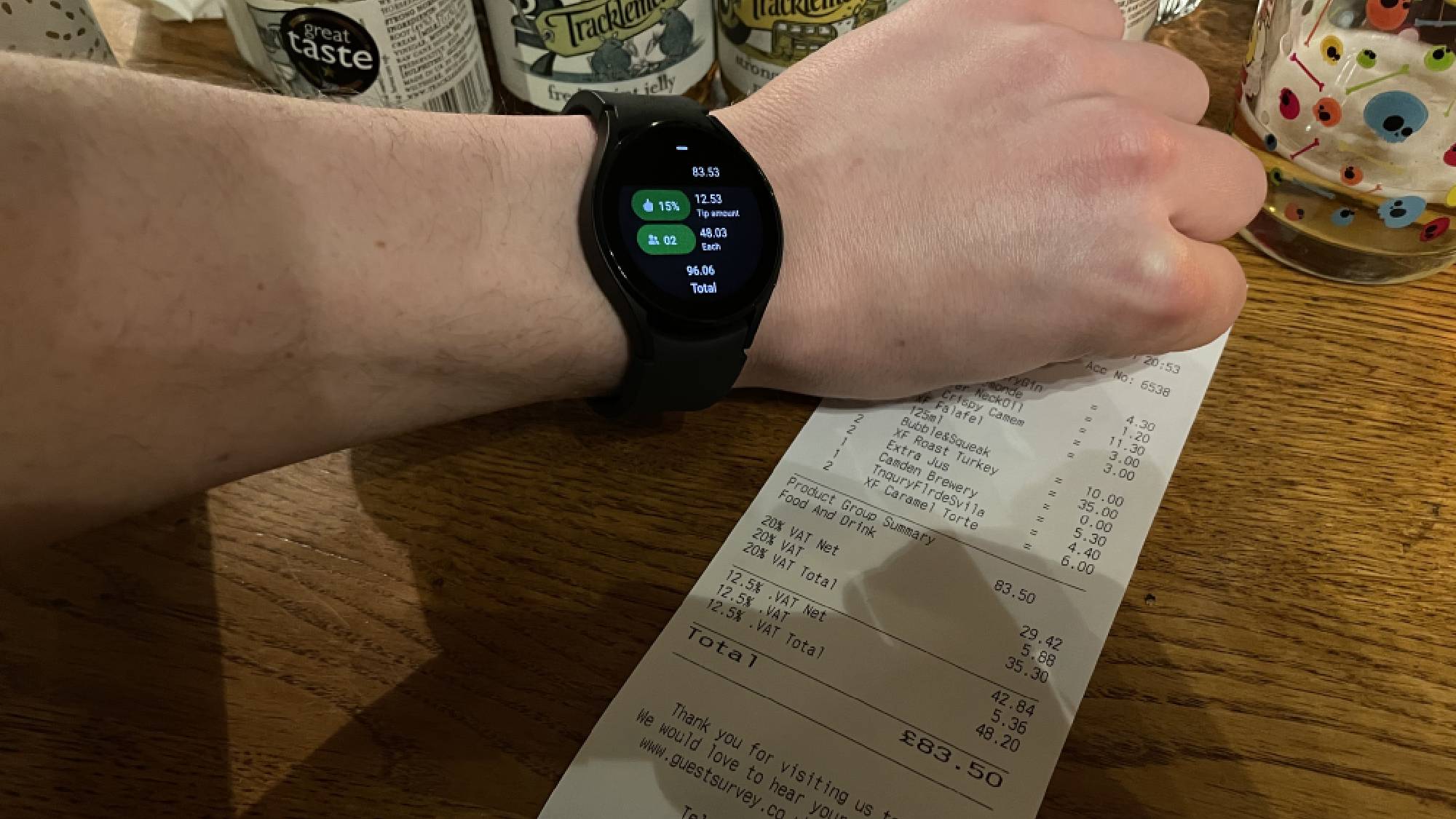
I initially turned to the Galaxy Watch 4 for a standard calculator, but with a quick swipe, I was able to access a widget that allowed me to enter the total bill, desired tip amount and the number of diners and get an instant split. It almost felt like something out of a sci-fi movie! Now of course the latest smartphones offer this sort of functionality as well, but the convenience of having a tool like this on your wrist shouldn't be overlooked.
It’s these smaller features of the Galaxy Watch 4 that really impressed me the most. Being able to use Samsung Pay to complete transactions with just a wrist motion, swapping songs on Spotify without needing to pull my entire phone out of a pocket, and being able to quickly check my location at a glance via GPS, have all been extremely useful over the past two weeks.
These everyday features aren’t often as well promoted as the fitness tracking stuff, but to me, they are the functions that justify picking a smartwatch over a traditional timepiece. I’m okay not knowing how many steps I took in a day, but I love being able to pay by tapping my watch against a card machine.
Not quite essential (but almost)
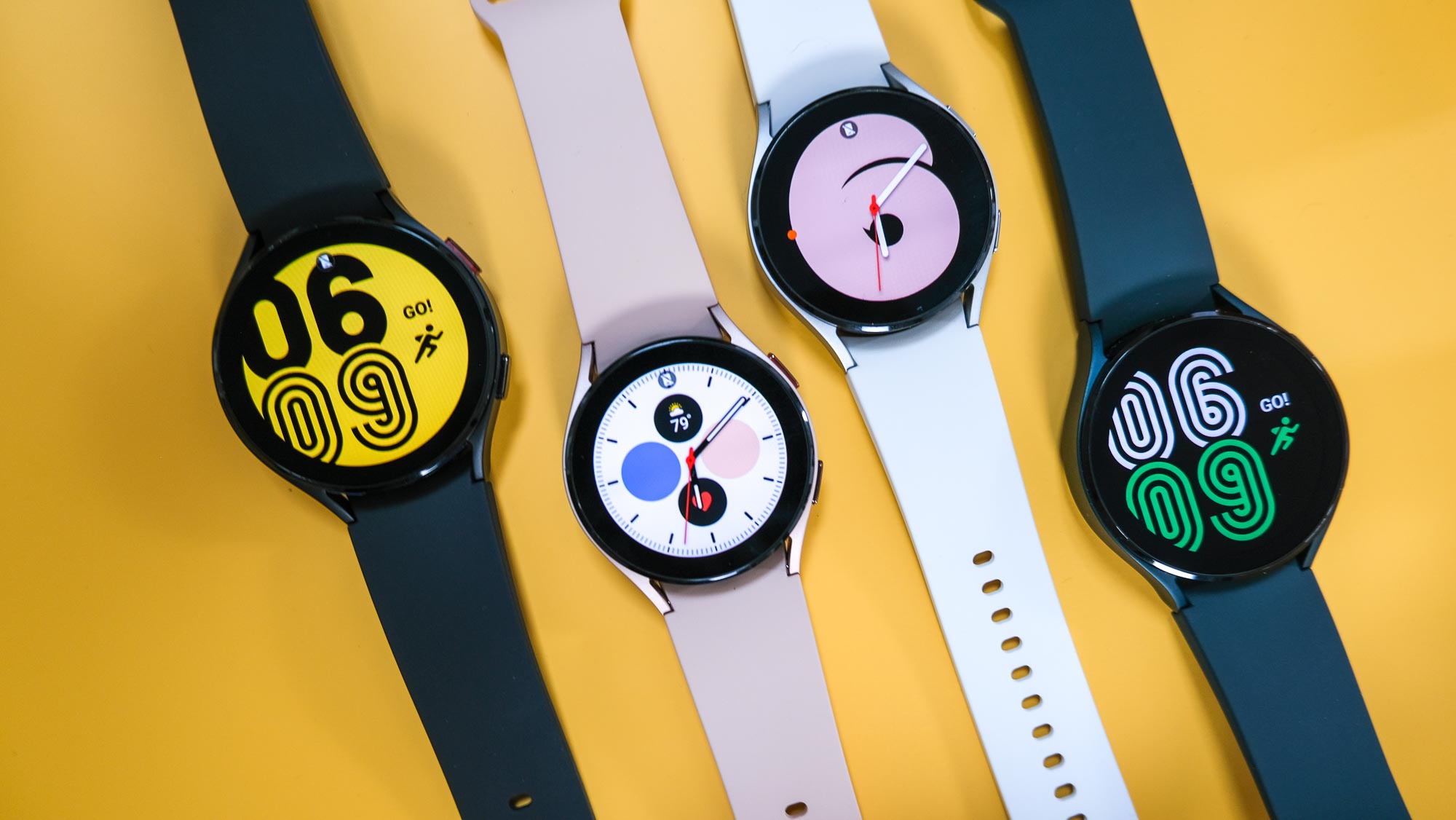
For as much as my overall opinion of smartwatches has shifted in general, I still don’t see one ever fully replacing my traditional watch.
For one thing, actually waking the Galaxy Watch 4 to check the time requires a very exaggerated move of your entire arm. Which can look a little silly in public. Of course, some users will undoubtedly prefer their watch only waking after clearly intentional movement, but Samsung should really add sensitivity options so everyone can find their sweet spot.
I’m also not convinced that aggressive fitness tracking is something that anyone but a professional athlete really needs consistent access to. At least it’s not something that I personally need. However, the myriad of everyday features offered by the Galaxy Watch 4 certainly adds up.
I’d still feel pretty comfortable leaving home without my Galaxy Watch 4, if only because my smartphone can do pretty much all the same things, but even so the wearable makes a pretty convincing argument for itself. Just two weeks with the Galaxy Watch 4 and I’ve gone from a smartwatch skeptic to something of an evangelist. That’s no small achievement.
Sign up to get the BEST of Tom's Guide direct to your inbox.
Get instant access to breaking news, the hottest reviews, great deals and helpful tips.

Rory is an Entertainment Editor at Tom’s Guide based in the UK. He covers a wide range of topics but with a particular focus on gaming and streaming. When he’s not reviewing the latest games, searching for hidden gems on Netflix, or writing hot takes on new gaming hardware, TV shows and movies, he can be found attending music festivals and getting far too emotionally invested in his favorite football team.
-
Pond Lady I'm glad you like the Galaxy Watch Gear 4. I went from a Gear 2 to the Gear 4 recently and mostly love it. I wish the watch faces that I like would let me choose what data I want on them. I could care less about steps but do like having the weather handy. Also, I have COPD so I like the blood oxygen level and sleep tracking that's easy to monitor in the Samsung Health App on the watch. Some watch faces let you turn it into a mini flashlight with a tap. Now THAT'S impressive. As for your complaint about the wake up, there's a few solutions you may like. Under the settings, find display. You can choose a wrist gesture which is moving your hand up and down or using a tap to turn on the screen. you may like them better. You can also set it to always on display but it will use up the battery unless you have a minimum light watch face. I have the LTE version of the watch so that when I leave my phone in the house, I can still get or make calls even after walking to a friend's house, more than a block away. I also like that I can call 911 for help no matter if my phone is out of range or dead. I appreciate the convenience and safety of those features. I hope you wear your watch often and check out some of the other features you may like.Reply -
Keskue Glad to hear someone else likes the Galaxy smart watches. I had a Galaxy Gear 2 classic for years . After trying a Fitbit and being pretty disappointed with it, I started hunting for a smartwatch that looked more like a "real" watch. Like you, I didn't really like the look of a smart watch on my wrist. Then I found and fell in love with the Galaxy Gear 2 CLASSIC. It looks like a real watch, and it meshed easily with my Galaxy Note phone. It finally started dying so I upgraded to the Galaxy Gear 4 Classic and I love it too. I admit that the set up was a little quirky, definitely not as smooth as when I set up my Gear 2, but overall the Galaxy is way better, in my opinion, than the Fitbit.Reply -
Couponjaiy You can change the data displayed on your watch face through the watch face settings and customize.Reply -
Couponjaiy I'm not thrilled with the battery life of this life but u do like it. Wish it was a tad smaller but it's okayReply -
Will192 You missed out the fact that you need three apps to access all the watches features on a phone. Also the auto work out tracked workouts only display on a rather poorly developed Samsung health app and will not sync to third party apps. Not to mention the unreliable syncing with Strava! It's great hardware let down by terrible software, if they combined the watch 4 with Fitbit level software this would be an amazing watch, unfortunately it's not and as a result not very good.Reply -
BrodaFett Its a beautiful watch, but I gave up on it and Samsung watches for good. The battery life is abysmal. When you work 13+ hours at the hospital, plus commute having to charge your watch when you get home is not ideal. Sure, you can always make it a dumb watch and turn off every health feature, location, Bluetooth, etc like all of the suggestions on how to actually get good life from it, but I'd rather wear my citizen eco drive if I was going to do that. Another option is to not sleep with it, track your sleep, O2, HR, etc but again that's just silly. It's bad enough buying the watch 4 and then having LTE turned off the entire time I owned the watch, and having it in bedtime mode 90%+ of the time. Bottom line I switched to Garmin and couldn't be happier. It is more accurate than Samsung or Fitbit. It is way more reliable, and has a much longer lifespan. The battery lasts a week and a half with everything turned on. Plus, it's way more durable and solar. The galaxy watch is for people who value a pretty screen, who don't care about tracking their health closely, and people who work at home or sit in a cubicle and can just charge their watch for an hour and a half sitting at a desk. For people on the move, who want to keep an eye on their HR, O2, steps, and who want long battery life then Garmin or an Oura ring are the best bets.Reply
